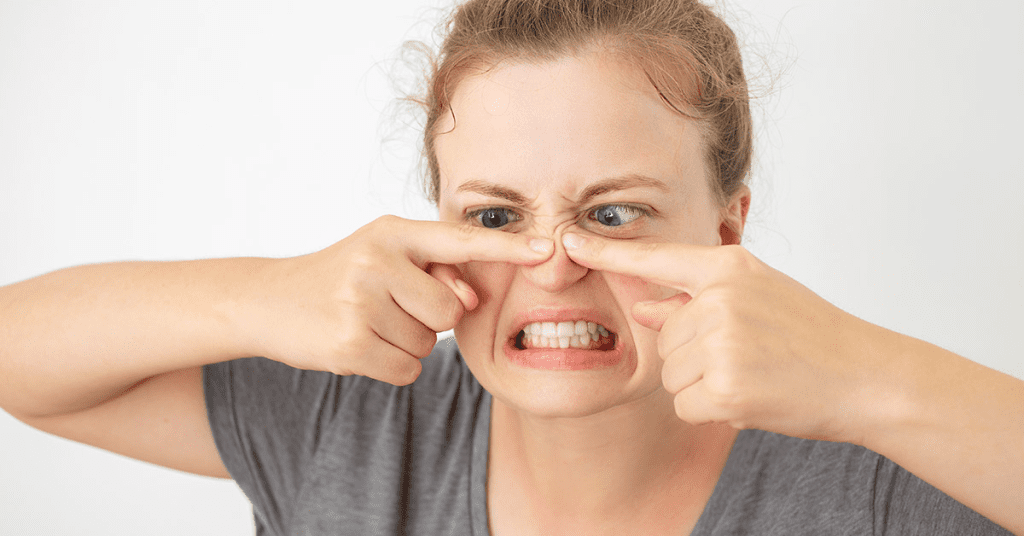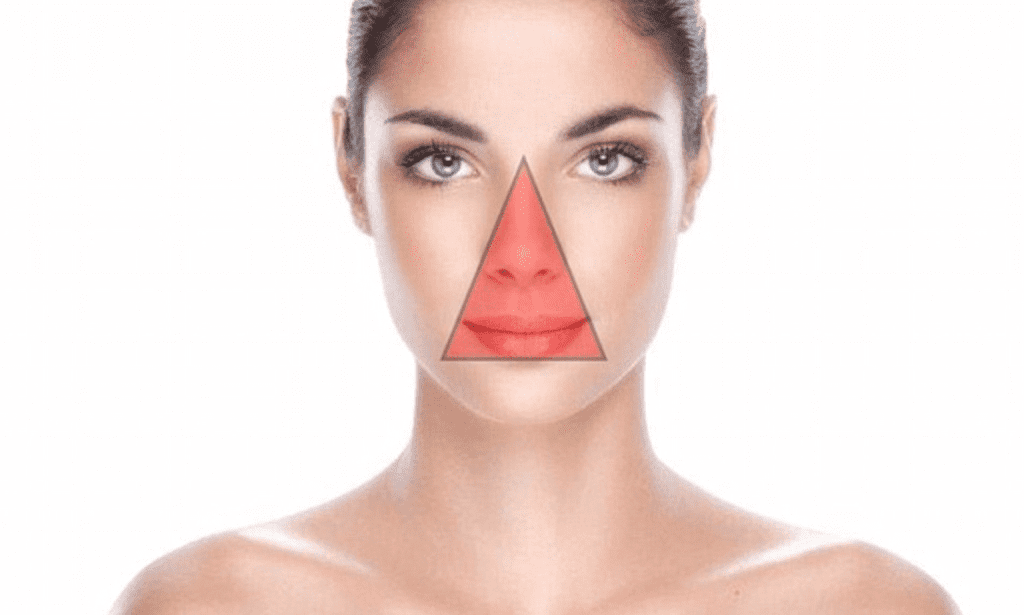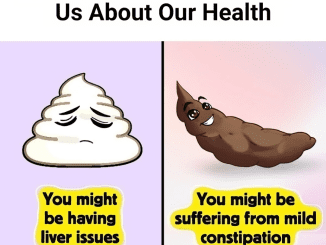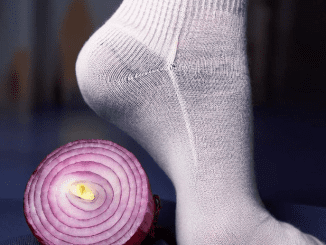We’ve all been there—spotting a pesky pimple on our face and feeling the overwhelming urge to pop it. However, this seemingly harmless habit can pose severe risks, especially when the pimple is in a particular area of your face. Known as the “Triangle of Death,” this region presents a higher chance of infection and life-threatening complications if you aren’t careful.
In this article, we’ll delve into why popping pimples in this zone is especially dangerous and explore safer alternatives for dealing with acne.

The Dangers of Popping Pimples
Popping pimples is a habit many people struggle to avoid. While it’s well-known that popping pimples can lead to skin damage or scarring, it can also pose more severe health risks. A viral TikTok video by Dr. Ever Arias highlighted the dangers by showing a simulated scenario of a girl who popped a pimple and developed a fatal bacterial infection. This extreme case underscores the potential hazards of interfering with acne, particularly in sensitive areas of the face.
What Is the ‘Triangle of Death’?
The so-called “Triangle of Death” refers to the area of the face that includes the upper lip and nose, forming a triangle from the bridge of your nose to the corners of your mouth. While the name might sound dramatic, the risks are real. This zone contains critical arteries and veins that drain directly to areas around the brain. If bacteria from a popped pimple enter these veins, it can result in severe infections that could spread to the brain and even cause life-threatening conditions.
Why Is This Area So Risky?
Blood vessels in the “Triangle of Death” connect directly to the brain via the cavernous sinus. If an infection from popped pimples enters these blood vessels, it could lead to conditions such as:
- Nasal infections
- Brain infections
- Blood infections (sepsis)
- Fatigue and fever
- Loss of vision or eye movement
- Stroke
- Death
This is because bacteria that enters the bloodstream in this area can travel quickly, making infections difficult to contain without medical intervention.
The Role of Sinuses in Spreading Infection
Your sinuses are hollow cavities located near your eyes and brain. When a pimple in the Triangle of Death becomes infected, bacteria can spread to the sinuses, potentially leading to cavernous sinus thrombosis. This condition occurs when a blood clot forms in the cavernous sinus, obstructing blood flow and causing pressure on the brain. In some cases, this can result in hemorrhaging or serious neurological damage.
The Skin’s Protective Role
Our skin acts as the first line of defense against bacteria and pathogens. However, popping a pimple disrupts this barrier, making it easier for bacteria to penetrate deeper layers of skin and reach the bloodstream. The skin within the “Triangle of Death” is especially delicate, which is why infections in this area are particularly concerning.

Image Credit: Mitrey | Pixabay
In addition to popping pimples, poor hygiene can exacerbate the problem. According to Dr. Joshua Zeichner from Mount Sinai in New York, touching your face with dirty hands or nails increases the risk of infection in this already vulnerable zone.
What Can Happen If You Pop a Pimple in the Triangle of Death?
The potential complications of popping a pimple in this area range from mild infections to life-threatening conditions. Some of the most common risks include:
- Increased inflammation and swelling: Popping pimples can cause the infection to spread, leading to redness, swelling, and painful inflammation.
- Permanent scarring: Your skin is more likely to scar if you damage it by picking or squeezing a pimple, leaving behind permanent marks.
- Cavernous sinus thrombosis: This rare but serious condition occurs when a blood clot forms in the brain’s sinus region due to an infection, leading to severe headaches, vision problems, and possibly death.
Safe Alternatives to Popping Pimples
So, what should you do when faced with a painful or unsightly pimple? Instead of picking at it, here are some safer alternatives:

Image Credit: @ClevelandClinic | TikTok
- Use a hot compress: Applying a clean, warm cloth to the pimple can help draw out pus and reduce inflammation naturally.
- Wash your face regularly: The American Academy of Dermatology (AADA) recommends washing your face twice daily with a mild cleanser to prevent clogged pores.
- Hydrate and moisturize: Use non-comedogenic moisturizers that won’t clog your pores and help maintain your skin’s barrier function.
- Apply a topical treatment: Over-the-counter acne creams containing salicylic acid or benzoyl peroxide can help reduce pimples and prevent future breakouts.
- See a dermatologist: For persistent acne, consult a professional. They can offer medical-grade treatments such as prescription retinoids or antibiotics.

Image Credit: @ClevelandClinic | TikTok
The Importance of Good Skincare Hygiene
Prevention is key when it comes to avoiding the temptation of pimple-popping. Maintaining good skincare hygiene helps reduce the likelihood of breakouts in sensitive areas. Be sure to clean your face with gentle products, and avoid touching your face with unwashed hands. Keeping a consistent skincare routine can also reduce the severity of acne, lowering the urge to pick or pop pimples in the first place.

Final Thoughts: Don’t Risk It!
While popping a pimple might offer instant gratification, the potential health risks are not worth it—especially when it comes to the “Triangle of Death.” This area of your face is directly connected to critical arteries and veins, making it a high-risk zone for infections that could result in severe consequences.
By understanding the dangers and adopting safer skincare practices, you can avoid unnecessary complications and keep your skin healthy. When in doubt, leave pimples alone, or seek professional advice on how to treat them effectively and safely.


